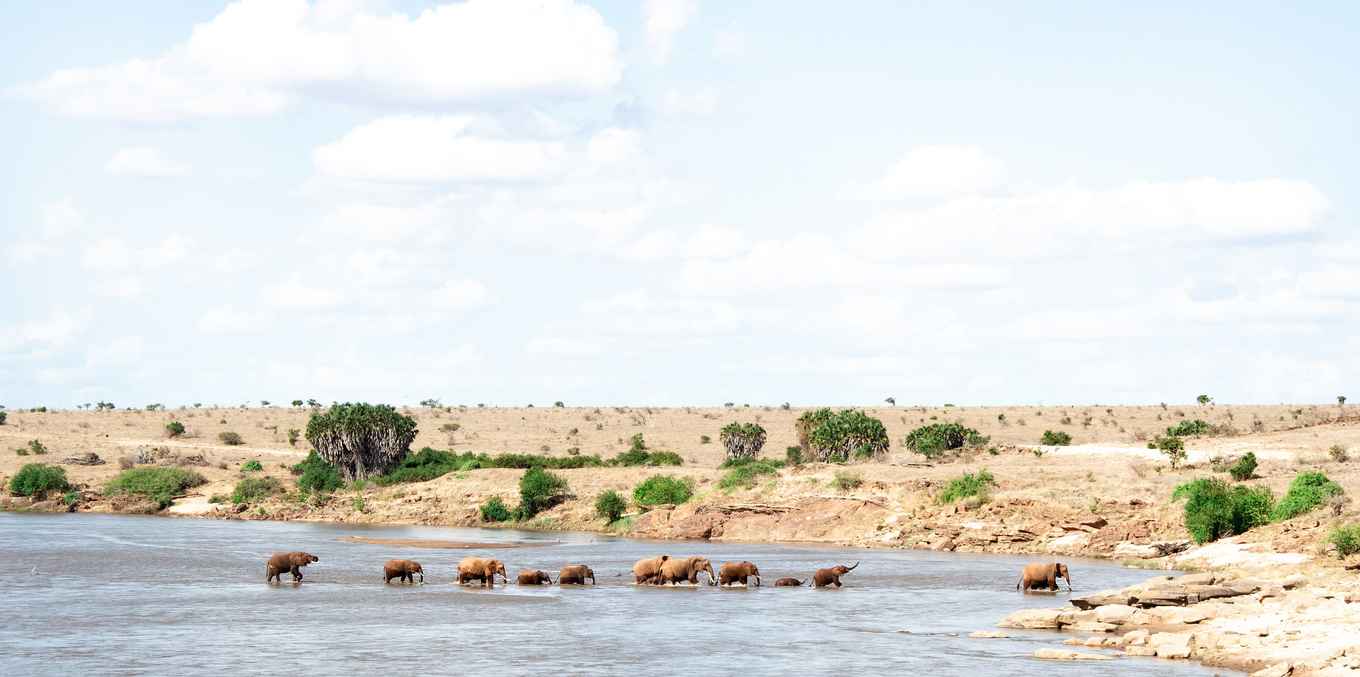Only 10 percent of world’s protected nature areas are connected, threatening biodiversity
11 September 2020

To maintain healthy populations of plants and animals, it is essential that species can migrate. That way they can escape natural disasters like wildfires, or the influence of climate change. For this new study the international team, led by the University of Queensland, assessed the connectivity of protected nature areas by mapping the distribution of intact habitat between protected areas globally. The team found that the vast majority of these areas are isolated by human threats, like land clearing for agriculture, mining and urbanisation. Thus limiting how well these protected areas can conserve biodiversity.
Alarmed
Lead author Michelle Ward, from the University of Queensland’s School of Earth and Environmental Sciences, said she is extremely alarmed by the findings. ‘We show that while ~40% of the terrestrial planet is intact, only 9.7% of Earth’s terrestrial protected network can be considered structurally connected,’ she said. ‘This means that more than 90% of protected areas are isolated in a sea of human activities.’
International agreements
Under international agreements, the global protected area network must be well connected and cover 17% of land. This research shows that only nine countries have >17% of their land protected -which they define as their contributions to the global target - and maintain >50% connectivity across their protected area network.
Guiding conservation
Co-author Dr. James Allan from the University of Amsterdam said that this finding highlights the need for protected areas to be better placed in future, and for more emphasis on landscape scale habitat protection and restoration efforts to ensure connectivity between protected areas. ‘We also provide a method for countries to assess the connectivity of their protected area estates in the future, which has never been available before’, said Dr Allan.
The study provides information for conservation and development planning, and can help guide future conservation agendas.
Publication details
Michelle Ward et al, Just ten percent of the global terrestrial protected area network is structurally connected via intact land, in: Nature Communications, September 11, 2020. DOI: 10.1038/s41467-020-18457-x